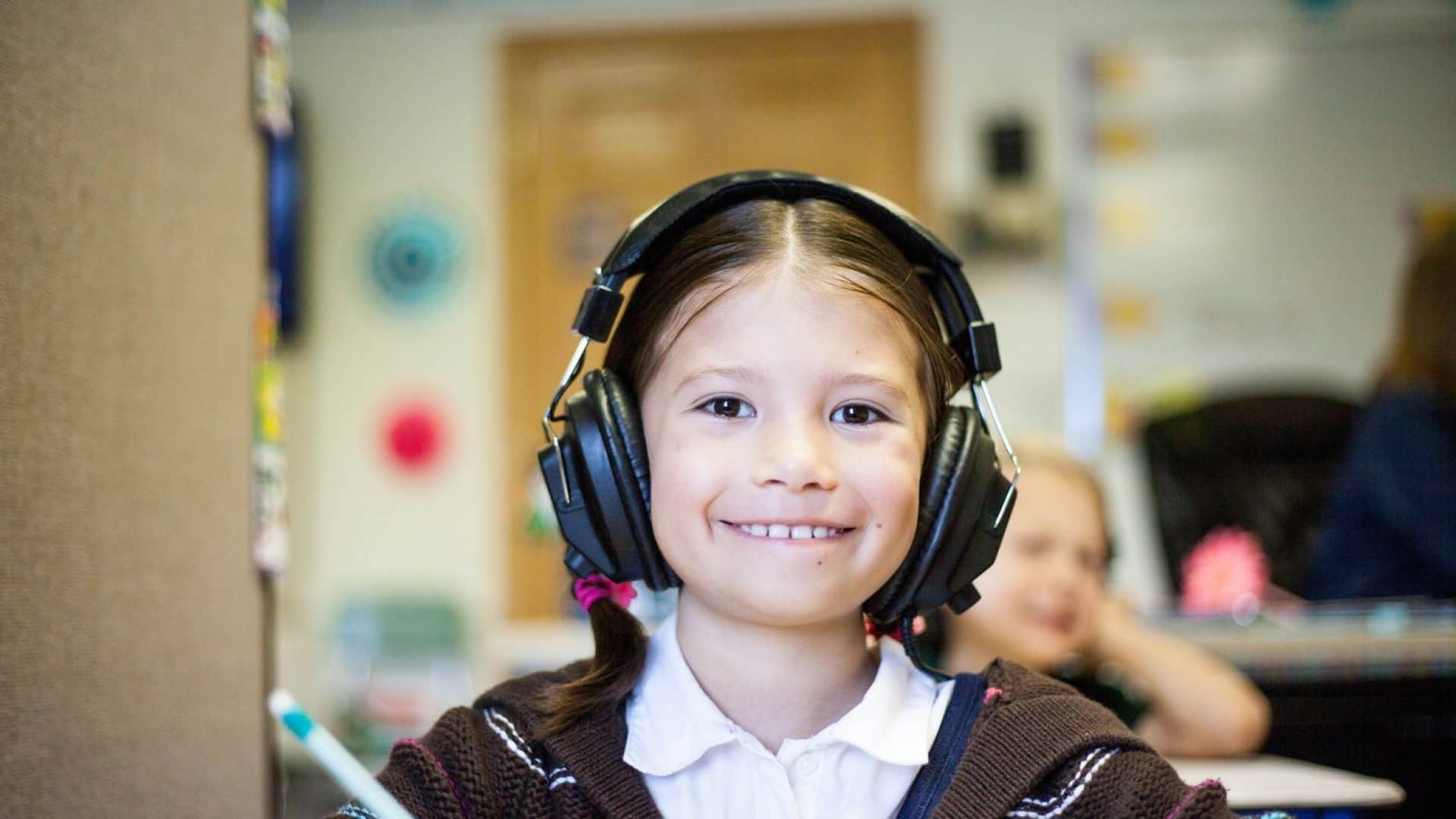Back to School 2020
This school year is unlike any other. Which means we have to get creative!

August and September are the two months we associate with the end of summer and the back to school season. During this season we see sales at the stores, school supply ads everywhere, new clothes for the season, and everyone working on getting their body back into a normal sleep/wake routine.
But this year is feeling significantly different.
Whether your kids are going back to school virtually, in person, or a combination of both, they are going to experience an adjustment period and they might even have some fears and anxious thoughts.

Here are some tips that can help ease that transition for the back to school season and to create a safe environment for kids:
#1 Normalize and Validate – let’s face it, what is happening right now is not normal. We are not used to having to wear masks, being hyper-conscious of what we touch, staying away from people (even loved ones), etc. Pretending everything is “OK” can increase fear and anxious thoughts in kids. Share your own worries and fear, let them know that you are also struggling and share what is helping you.
#2 Have a routine – kids (and adults) thrive when having a routine. Routines provide us with a sense of safety and stability. Have a routine for starting your day, hygiene, sanitation, playtime, etc.
#3 Create a daily schedule – kids are highly visual. Having a schedule, they can see helps them process and understand time better. Use a block schedule and designate every section for a purpose; school, lunch, recess, etc. Be sure to include some breaks for mental health check-ins! Pinterest has some great ideas on how to create a daily schedule.
#4 Create a designated space for schoolwork – Help your child choose a place in the home where they feel safe and comfortable to do their schoolwork. Set up a table and chair and have all their supplies at hand. We are not trying to pretend that this is the same as a school, but we want to create a space that fosters education within your home.
#5 Have digital recess and breaks –Prolonged exposure to technology can have a negative impact on our mood and brain function. Make it a point to take digital breaks and include them as recess or lunch in your daily calendar.
#6 Re-set your inner body clock –getting good and quality sleep is very important. How important? Let me put it like this: you would never leave the house with your cellphone battery at 5% and not have a charger with you! Just like we charge our phones we need to charge our body. Kids need on average 7-8 hrs. of sleep per night to function properly and to ensure they are thriving developmentally. As we are getting back into a rhythm it is important to keep kids on a sleep/wake schedule similar to that of school.
#7 We are all in this together –Don’t forget that you are not alone! If you ever feel down or anxious remember that we are all going through this together. Reach out for help and support to family members, friends, and your community.
#8 Be flexible –things are going to continue to change, our new normal today might not be our normal tomorrow and that is OK! We have to be ready to be flexible to the upcoming changes.
I hope these tips are helpful to you and your loved ones during the back to school season.
Alejandra is a Registered Licensed Marriage and Family Therapist and Professional Clinical Counselor. She graduated from Brandman University with a Masters in Psychology; she also holds a Bachelor's in Psychology and Criminal Justice from California State University, San Bernardino. Currently, she works for a non-profit organization that provides mental health services to schools in southern California.
In addition, she also works for a private practice where she specializes in working with children, youth, and families suffering from a variety of issues such as academic performance, learning disabilities, depression, anxiety, bipolar, ADHD, Autism Spectrum Disorder, and grief.
-
Alejandra Alvarez, LMFThttps://psychosocial.media/author/aalvarez/January 16, 2021
-
Alejandra Alvarez, LMFThttps://psychosocial.media/author/aalvarez/February 9, 2021
-
Alejandra Alvarez, LMFThttps://psychosocial.media/author/aalvarez/July 21, 2021
-
Alejandra Alvarez, LMFThttps://psychosocial.media/author/aalvarez/July 30, 2021























